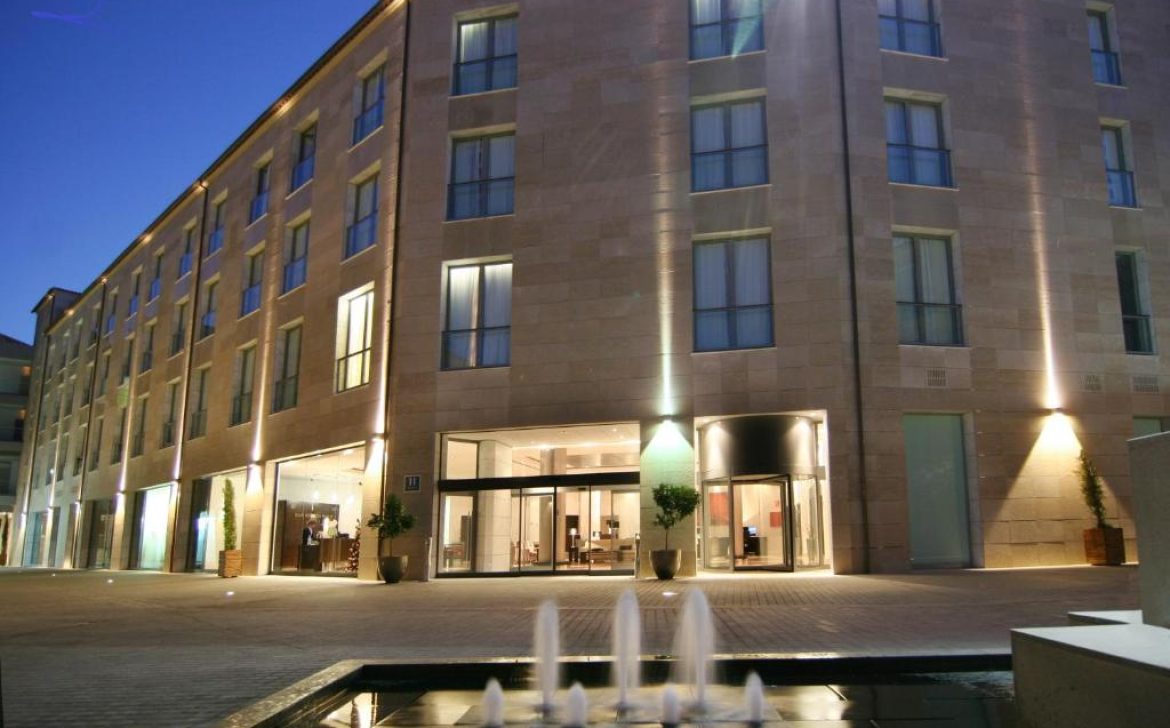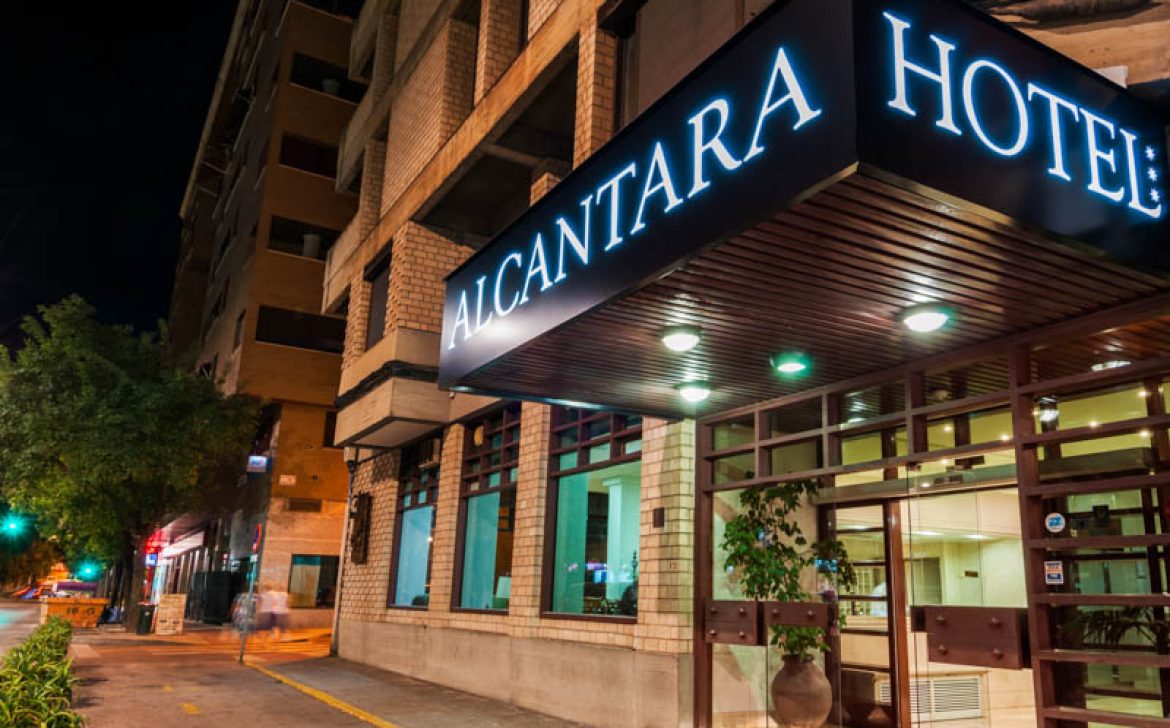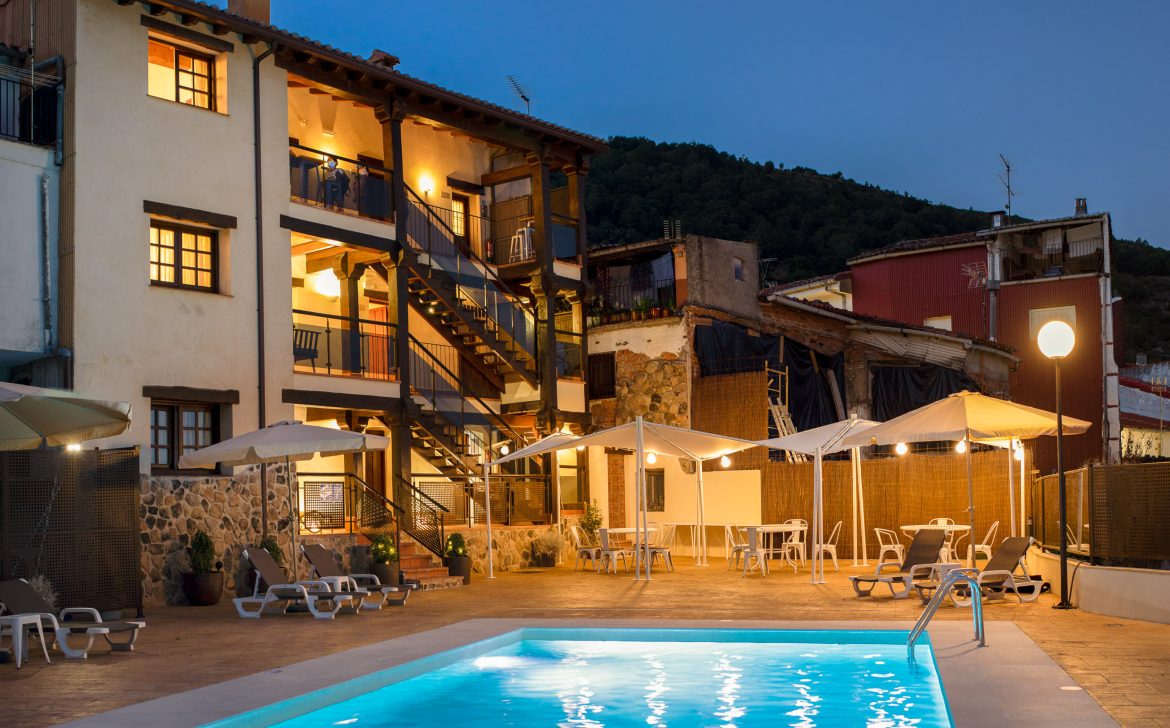ModularBox S.L., new partner of the Tourism Cluster of Extremadura
 ModularBox S.L., a fully Extremaduran company, has recently been incorporated as a new member of the Extremadura Tourism Cluster. This association strengthens its commitment to developing advanced technological solutions for towns and cities in the fields of Smart Cities and Smart Tourism.
ModularBox S.L., a fully Extremaduran company, has recently been incorporated as a new member of the Extremadura Tourism Cluster. This association strengthens its commitment to developing advanced technological solutions for towns and cities in the fields of Smart Cities and Smart Tourism.
Comprehensive Projects for a Connected Future
Specialising in the design, development, manufacturing, and installation of electronic systems, as well as the creation of software for management and automation, ModularBox S.L. focuses on empowering rural areas. Its mission is to facilitate the transformation of traditional villages into Smart Villages, equipping them with advanced technology to improve quality of life and optimise resource management.
Services Offered
ModularBox S.L. provides a wide range of services, including:
- Smart Cities: Development of comprehensive projects for the modernisation of urban infrastructure.
- Web App Development: Creation of custom web applications for various needs.
- Electronic Development: Design and manufacturing of bespoke electronic systems.
- Mobile App Development: Development of innovative mobile applications for different sectors.
Among its solutions, ModularBox S.L. features systems for the automation and access control of facilities such as parks, cemeteries, gyms, and sports fields. Additionally, they implement artistic lighting and public illumination, video surveillance systems, public address systems, and telecommunications.
Success Stories
ModularBox S.L. has successfully completed several projects in various municipalities, including:
- Automated public address system: Improved communication for events and emergency situations.
- Automated paddle tennis courts: Efficient management and optimised use of sports facilities.
- Automated lighting system for the church: Architectural enhancement and energy savings.
- Installation of surveillance cameras: Increased security in public spaces.
- Automation of the municipal gym: Easier access control and user management.
- Automation and management of the general water reservoir: Optimisation of water use and conservation.
With the slogan “We create fully connected systems so you can focus on your business“, ModularBox S.L. reaffirms its commitment to innovation and progress, positioning itself as a benchmark in the technological transformation of rural and urban environments in Extremadura.


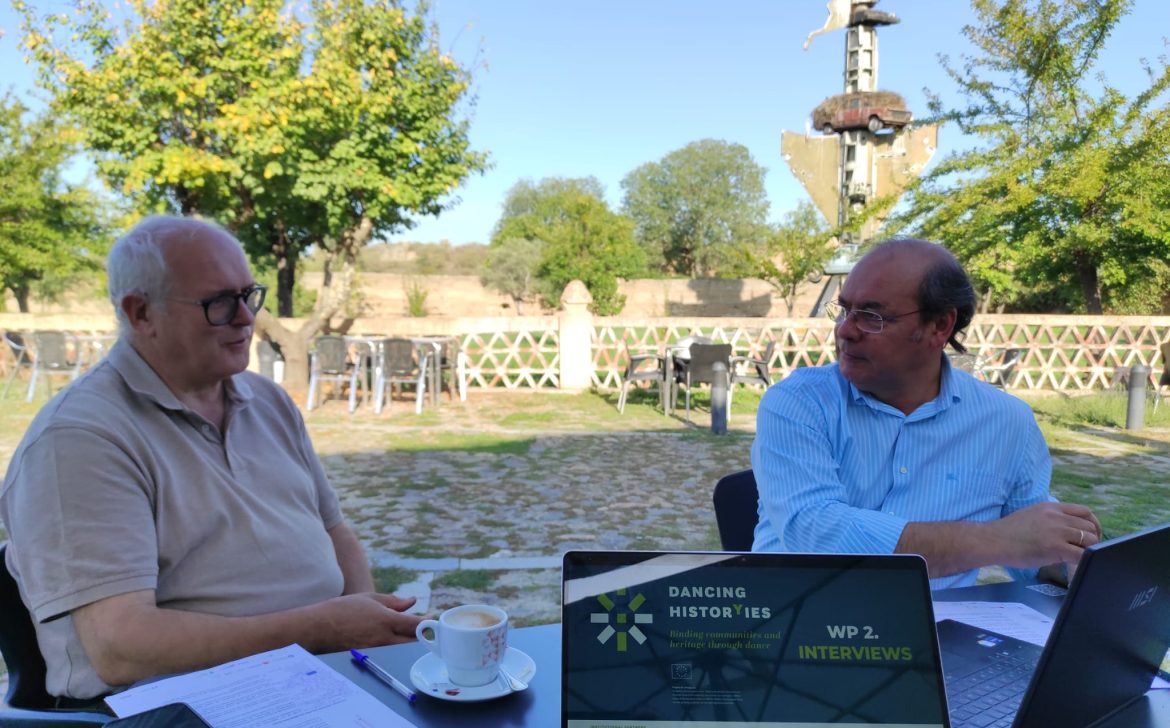
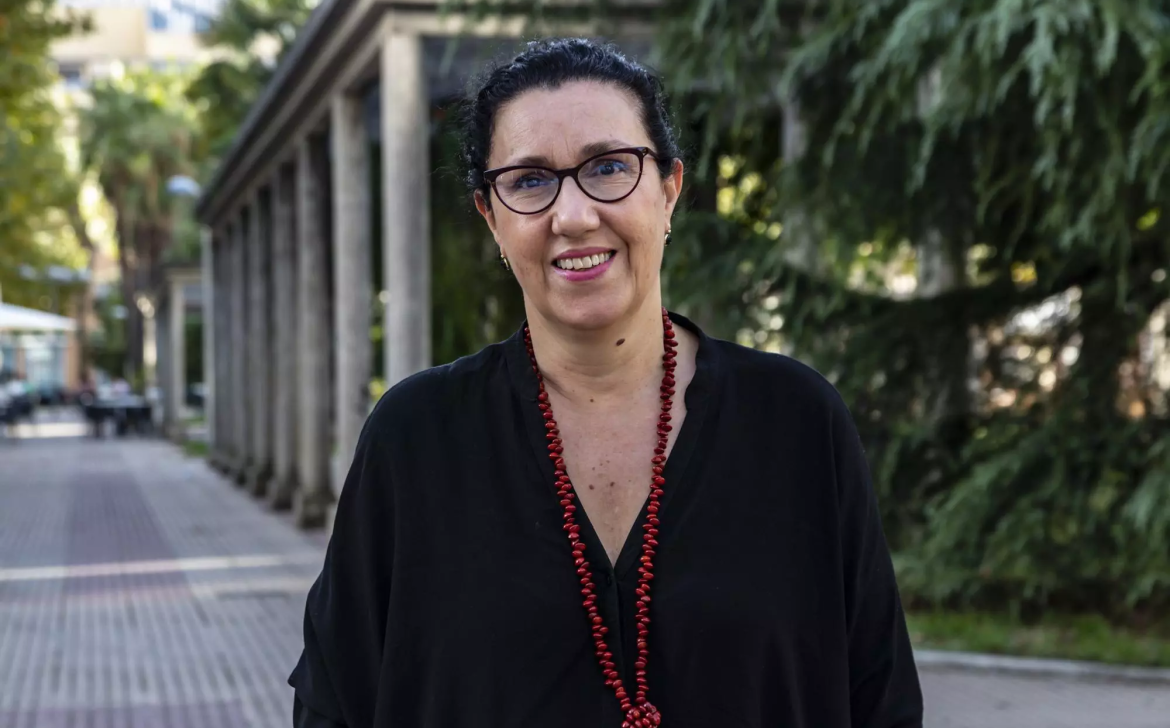
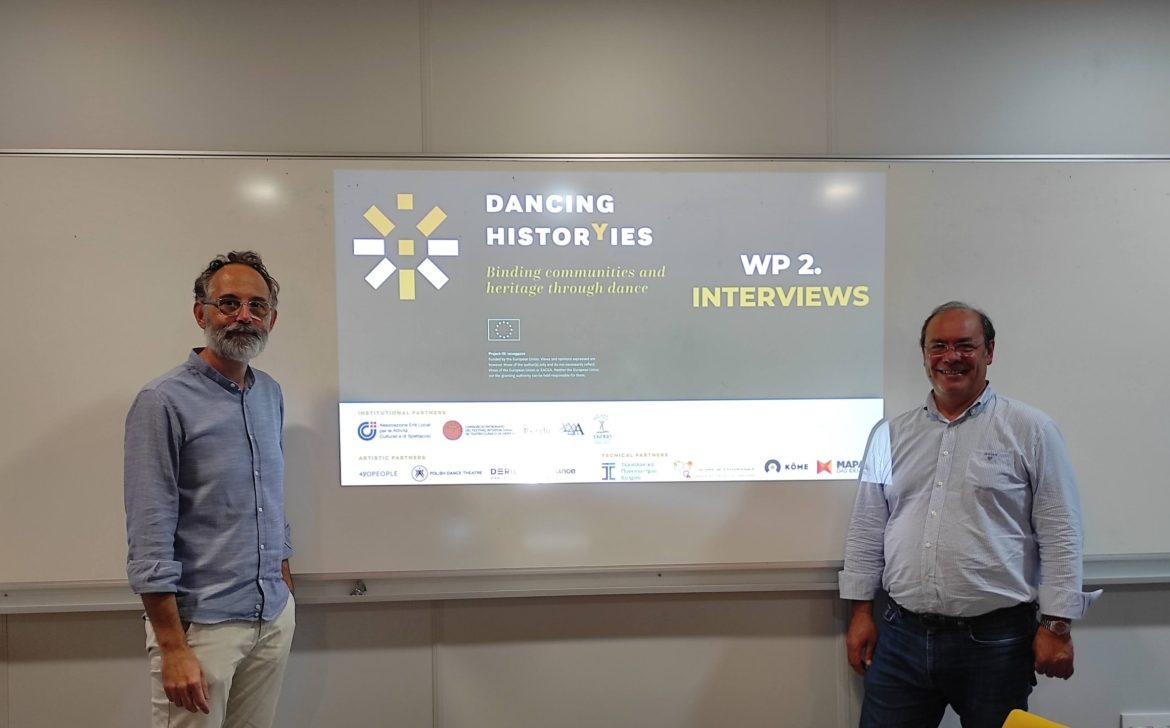
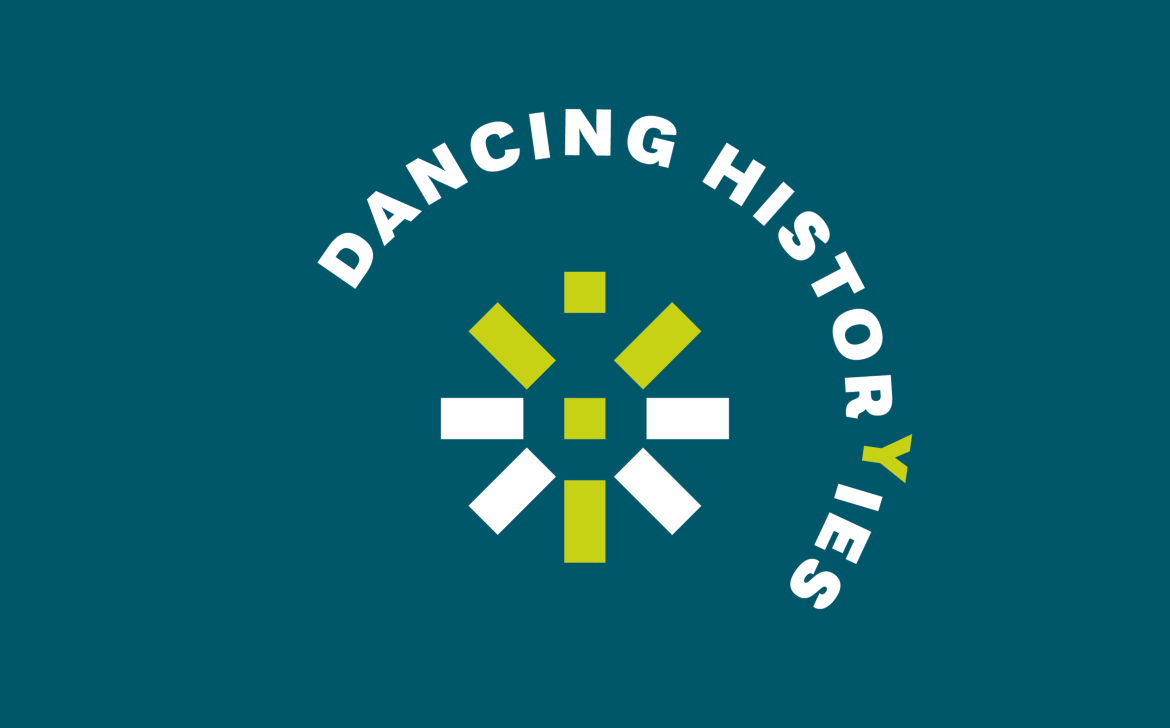
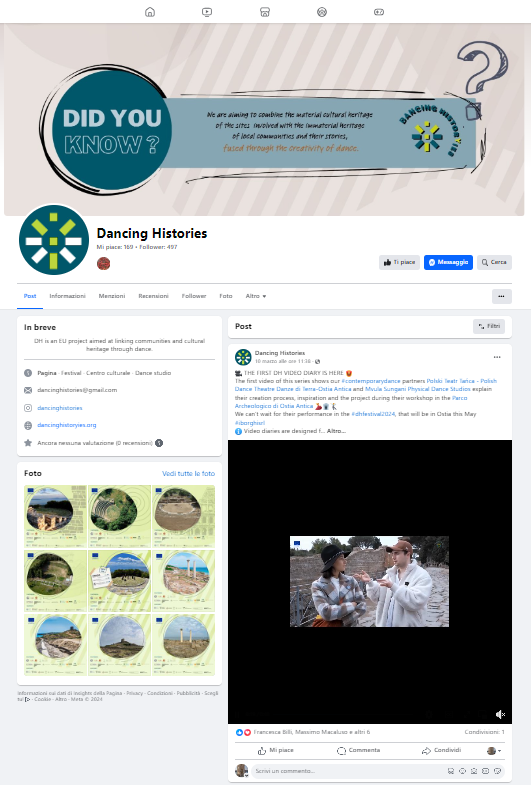
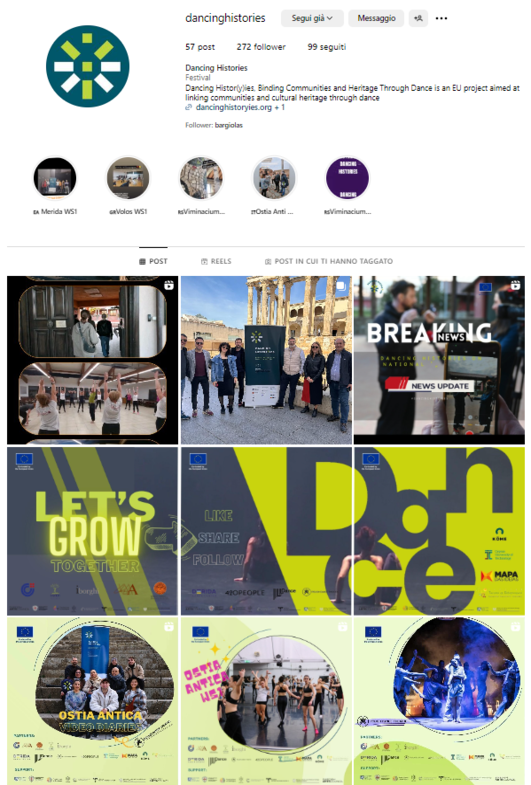
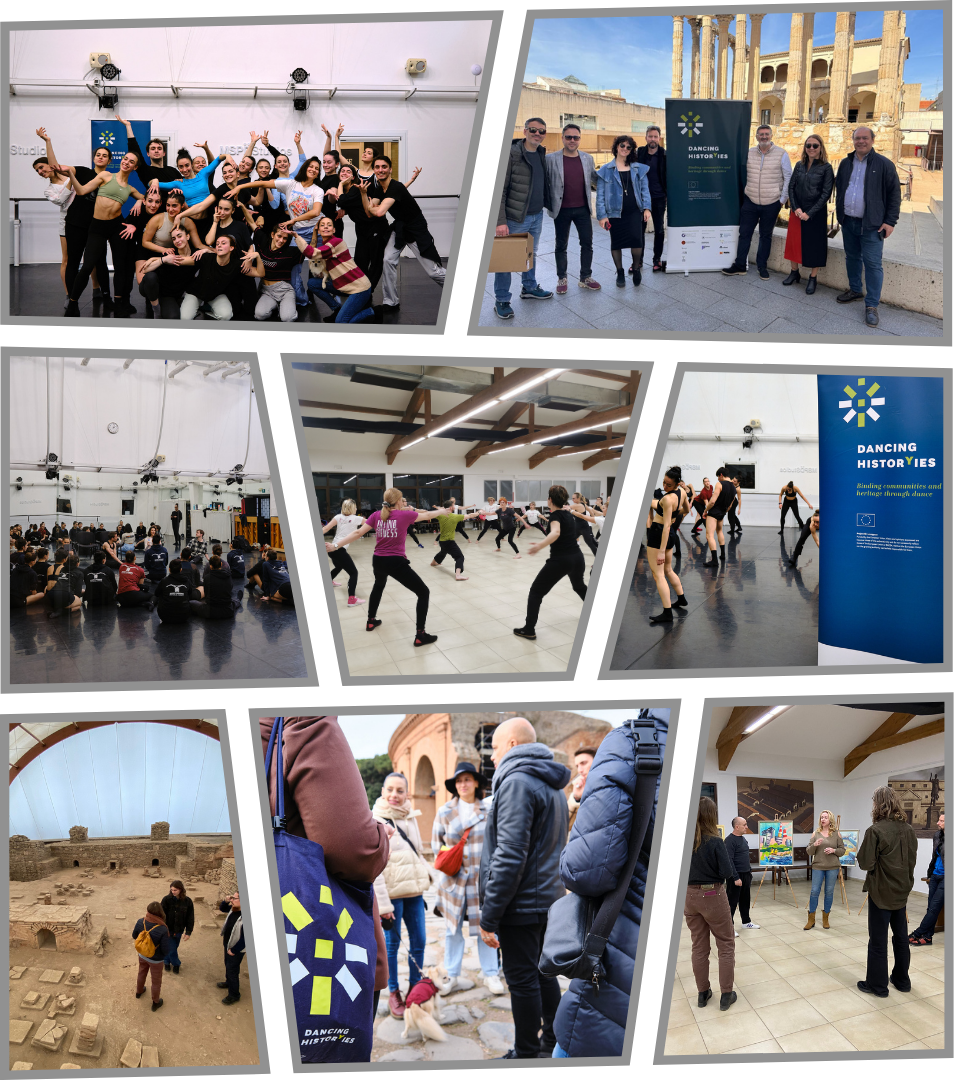

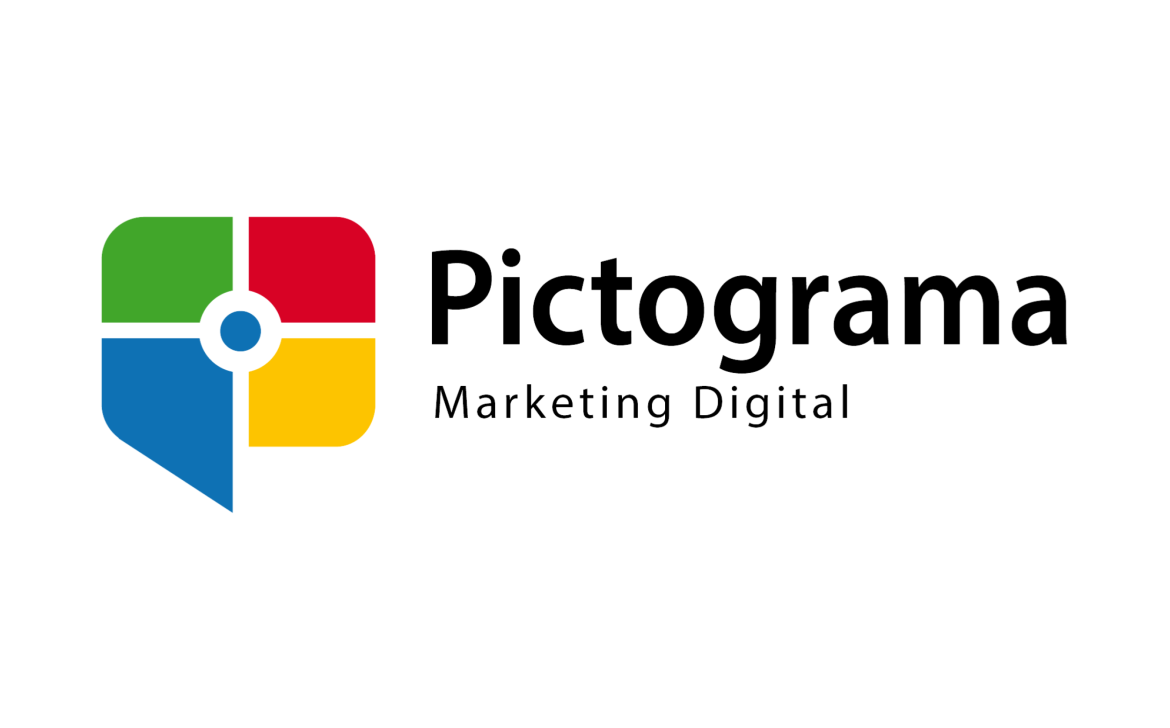
 Pictograma, a renowned Design & Digital Marketing Agency, has decided to join the Extremadura Tourism Cluster, strengthening its commitment to innovation and digital transformation in the sector.
Pictograma, a renowned Design & Digital Marketing Agency, has decided to join the Extremadura Tourism Cluster, strengthening its commitment to innovation and digital transformation in the sector.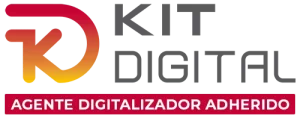 Furthermore, as an “Adhered Digitalizing Agent,” Pictograma demonstrates its commitment to digitization and innovation by offering consulting services, tailor-made courses, and support for grants and subsidies for SME innovation and digitization projects.
Furthermore, as an “Adhered Digitalizing Agent,” Pictograma demonstrates its commitment to digitization and innovation by offering consulting services, tailor-made courses, and support for grants and subsidies for SME innovation and digitization projects.
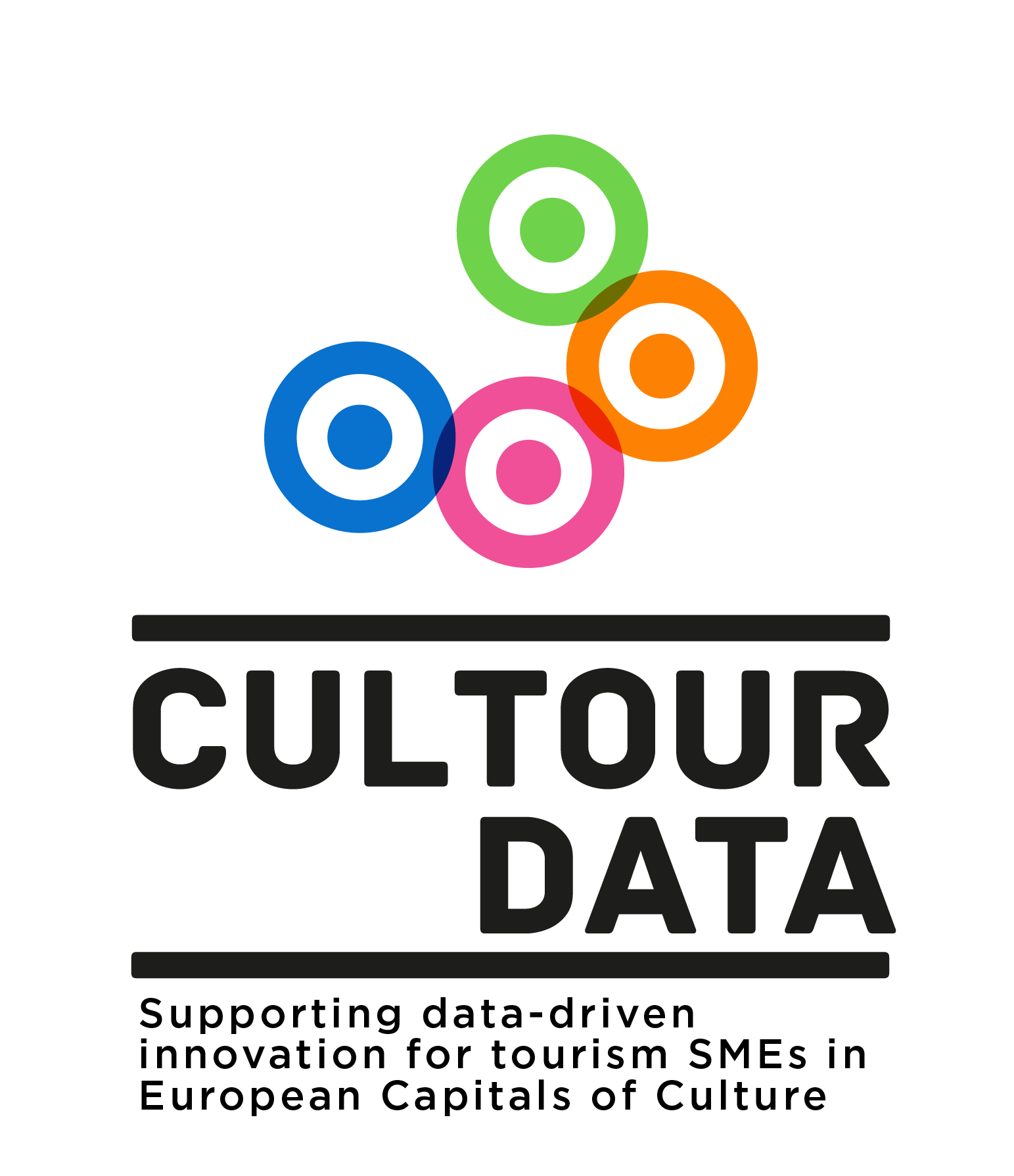 After the culmination of the CulTourData project, we delved into the final reflections with Jacobo Chouza, CEO of Elo Travel, who shared his insights on this innovative project.
After the culmination of the CulTourData project, we delved into the final reflections with Jacobo Chouza, CEO of Elo Travel, who shared his insights on this innovative project.